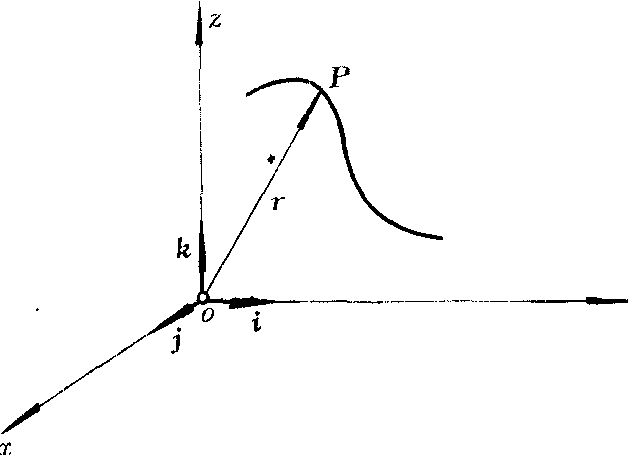位置矢量weizhi shiliang
表示质点在空间的位置的矢量。通常在所选取的参照系中,适当地选取坐标系,在某一时刻从坐标原点引向质点的有向线段就是该质点在该时刻的位置矢量,又称矢径,用r表示,一般r是时间的函数,单位为米。
若选用直角坐标系oxyz,质点P的位置矢量r(t)可表示为r(t)=x(t)i+y(t)j+z(t)k。式中x、y、z是质点P在t时刻的坐标,i、j、k分别是沿坐标轴ox、oy、oz方向的单位矢量。

上式表示质点P的空间位置随时间的变化关系,又叫质点P的运动学方程。矢量r的端点的轨迹就是质点P的运动轨迹。对于所选取的参照系,当质点的运动轨迹是一条直线时,则称质点的运动为直线运动。其中,质点的速度保持不变的运动称为匀速直线运动,质点的加速度保持不变的运动称为匀变速直线运动。质点的加速度发生变化的运动称为变速直线运动。当质点的运动轨迹为一条曲线时,则称质点的运动为曲线运动。在直线运动中,只有当质点的运动方向不变,其位移的大小才等于同一时间内的路程。在某一时刻t位
